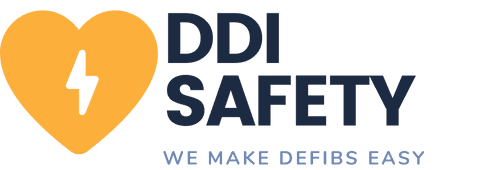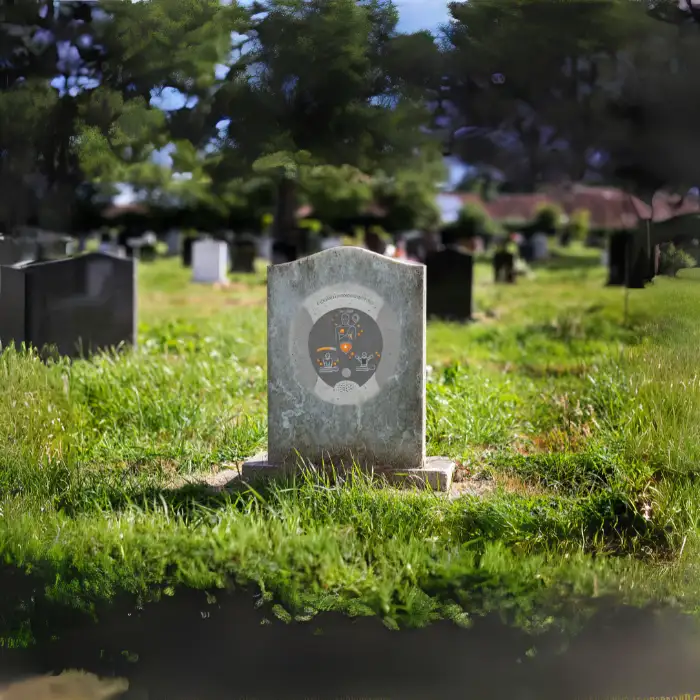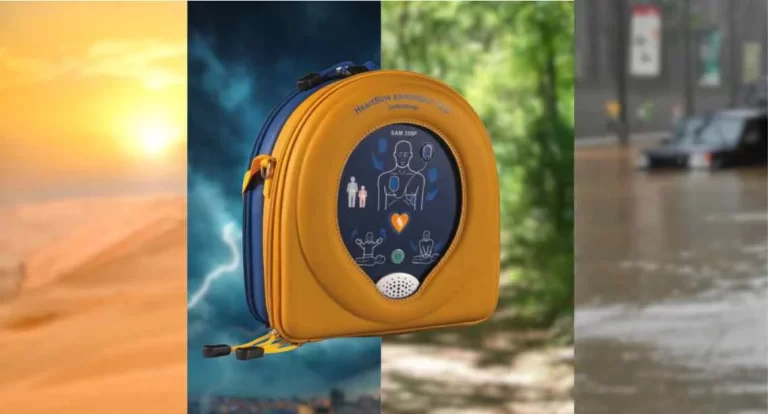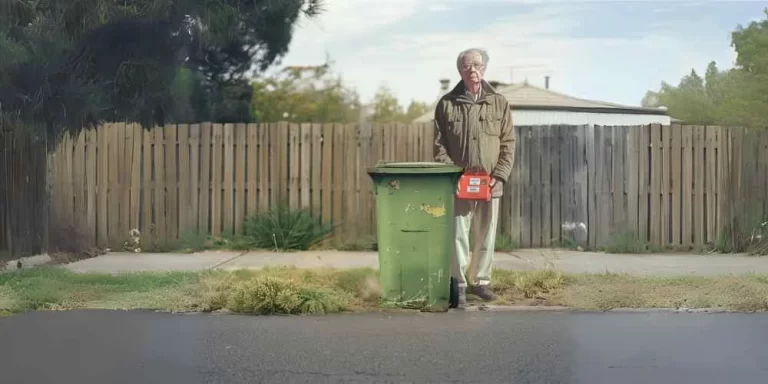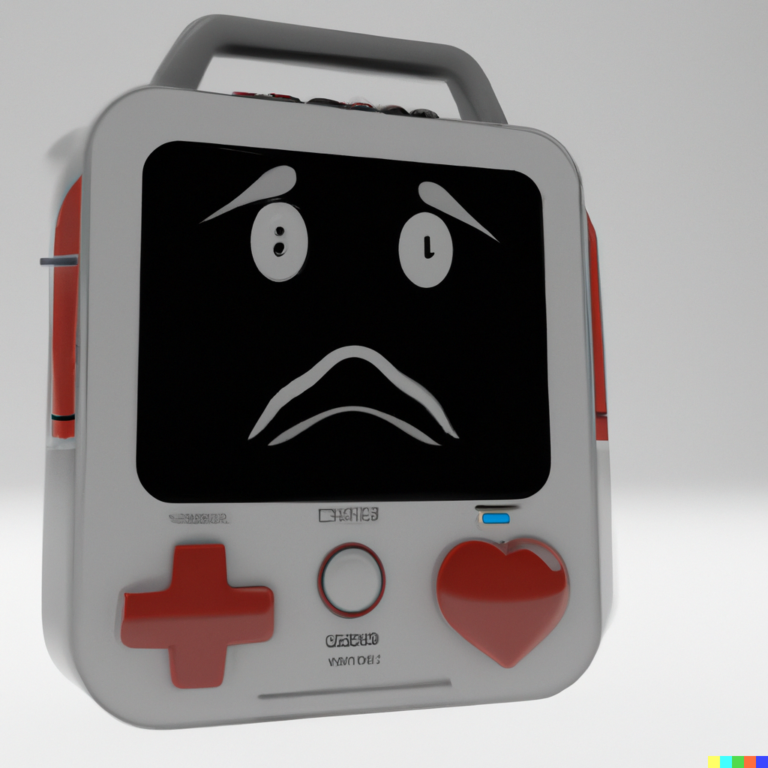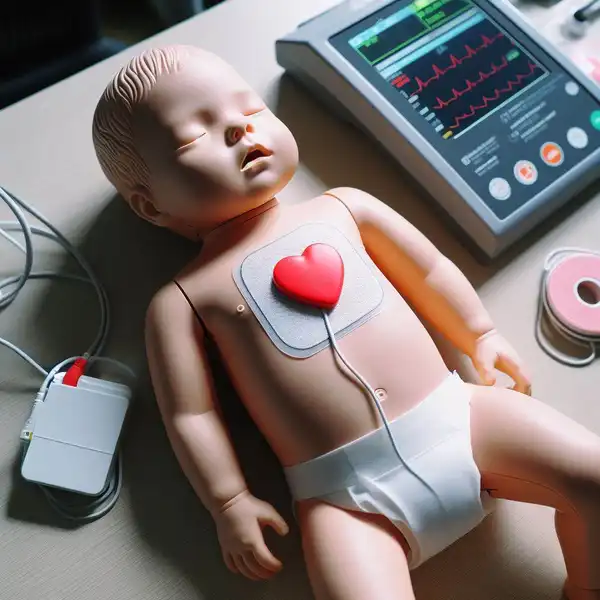Why You Need to Know When to Use a Defibrillator: This Life-Saving Device Could Save Someone You Love!
Defibrillators, or Automated External Defibrillators (AEDs), are lifesaving devices designed to help during sudden cardiac arrest. But when exactly should you use one, and why is it so important to understand these devices better? Let’s break it down.
When Should You Use an AED?
Imagine you’re out and about, and someone suddenly collapses in front of you. They’re unresponsive, and it looks like they’ve stopped breathing. This could be cardiac arrest, a critical situation where the heart unexpectedly stops beating. Here’s when to reach for an AED:
- Cardiac Arrest: This is the primary reason AEDs exist. Cardiac arrest happens when the heart’s electrical system malfunctions, leading to an irregular heartbeat (arrhythmia) or complete stoppage. Without the heart pumping blood, the brain and other vital organs don’t get the oxygen they need, which can quickly become fatal.
- Unresponsive and Not Breathing Normally: If the person is unconscious and not responding to shouts or gentle shaking, it’s a big red flag. Check their breathing – if they’re not breathing at all or if they’re only gasping or making strange sounds, they’re likely in cardiac arrest.
Why Understanding AEDs Is Crucial
Knowing how and when to use an AED can make all the difference in an emergency. Here’s why it’s essential to get familiar with these lifesaving devices:
- Empowerment: Understanding AEDs gives you the confidence to act swiftly when it matters most. You won’t hesitate to step in and help.
- Community Safety: The more people who know about AEDs, the safer our communities become. Imagine if every bystander knew how to respond in a cardiac emergency.
- Life-Saving Potential: Quick action with an AED can significantly increase the chances of survival. The faster you use it, the better the outcome.
Wrapping Up
Cardiac arrest is a serious emergency, but having an AED on hand and knowing when to use it can save lives. Don’t wait for an emergency to learn about these devices. Familiarize yourself with AEDs now, and you’ll be ready to help when it counts.
At DDI Safety, we’re always here to chat about your defibrillator needs. Whether you’re looking to buy, need advice, or want to know more about these incredible devices, give us a shout. Let’s work together to make defibrillators a common sight and a reliable resource in every community.
Remember, the more we know, the safer we all are.
Hey there fellow Defibrillator afficiando! I'm Jack, a first aid trainer based in beautiful Penrith, NSW at the foot of the Blue Mountains. I love helping take complicated subjects and making them easy and understandable. When I'm not first aiding, you can find me birding and listening to jangle pop.
